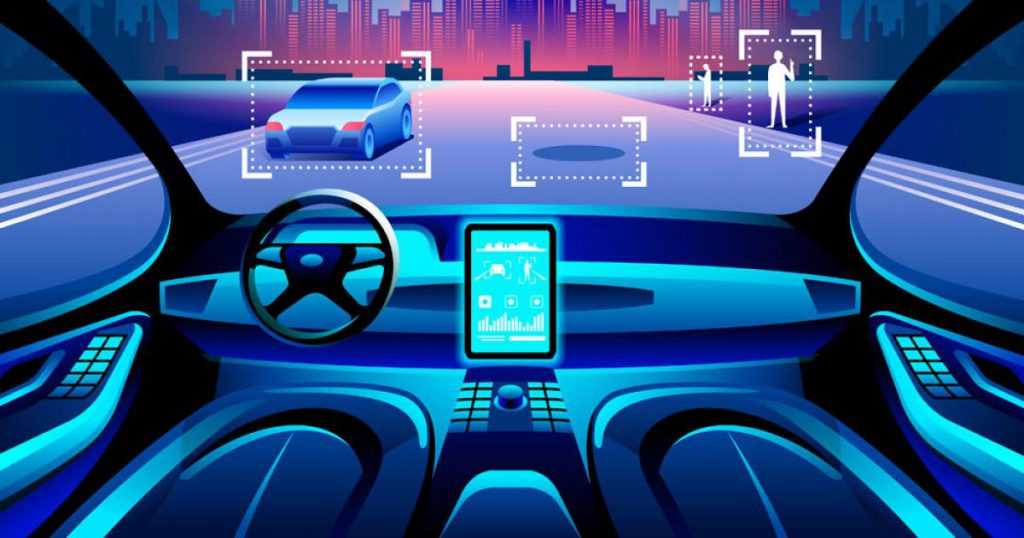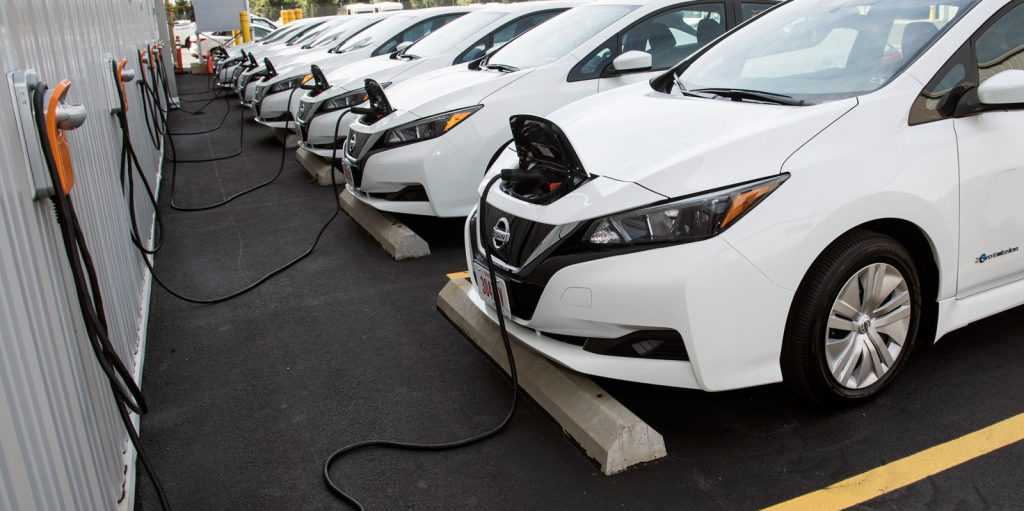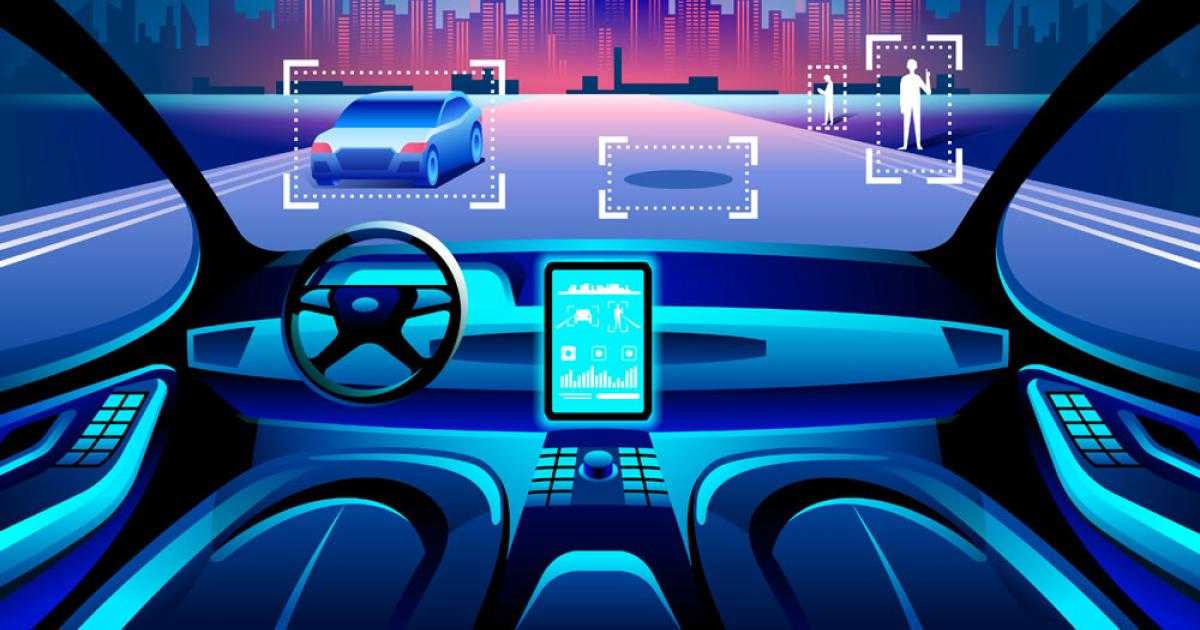Bummer for the 90s kids, we still do not have the flying cars they had dreamt of. However, we are nearing a similarly exciting future. The one with driverless cars! What previously seemed impossible and nonsensical is now only a few steps away from the mainstream.
Automotive giants, including GM, Waymo, and Elon Musk of Tesla, are combining all manners of AI (Artificial Intelligence) services to make this dream come true. With the successful testing of self-driving and automated cars all around the globe, things are steadily advancing. While people from the past would think of them as paranormal, driverless cars are now as normal as most other AI technology.

Before we jump into discussing what the future holds for driverless cars, let’s understand what these really are:
Contents
What Are Self-driving Cars?
The Society of Automotive Engineers has categorized the different levels of automation and human control. Levels 0-2 are known as controllable human settings. At 0, you have full control over your car. On 1 and 2, the car has smart features and driver assistance. Levels 3-5 have automated systems, though human override is required in some conditions.
Self-driving or driverless cars are going to be more advanced than all these current AI features. These cars will not need drivers to steer them around, nor will they need human interference of any other sort. Using their 300-million-line code, complex algorithms and software will enable self-driving cars to function on its destined routes. They won’t be fully autonomous, but they’ll be preprogrammed to act and make certain decisions.
If you’re interested in an essay about Elon Musk the internet is full of samples. These essays can give you a broad idea of how AI devises driverless cars.
How Will Self-driving Cars Change the Future?
AI continues to strengthen its hold on human activities. Using facilities like GPS is nothing new for us. Driverless cars will work in similar ways. Their database will help driverless cars in identifying their destinations. The car itself will handle steering, navigation, and speed, etc.

Geofencing
A widely appreciated feature of AI technology, geofencing in driverless cars will take your lifestyle to a different level. For instance, geofencing will activate your automatic entrance gates, switch on the lights, and open the door when you reach home. The future driverless cars will coordinate with other routine factors to manage everything for your comfort.
Lesser Traffic
Though it won’t be possible any time soon, at some point in the future, all cars are going to be driverless. AI will become the common chauffeur for everyone and will supervise all transports.
Self-driving cars will have more sense than to jam roads and highways. They will commute using predictions of traffic congestions in different areas.
In short, self-driving cars will not jam or cause accidents like human drivers to do. These will reduce the average travel time and expense, as lesser fuel will be wasted. In short, driverless cars will coordinate to avoid trafficking, even the busiest routes.
Electric Cars
The roaring and vibrational thrill that most people love their cars for, won’t exist in future cars. The world is shifting to renewable and infinite energy resources to avoid using fossil fuels. Though this doesn’t directly affect the functions of self-driving cars, the automotive industry won’t manufacture cars using fuel technology. Self-driving cars will run on electricity and will be much, much easier to use. They’ll also be long-lasting and more reliable.

Cab Hailing and Similar Services
Another major change that the world will witness is the irrelevance of cab, van, train, or bus drivers. Self-driving public transport will have the software installed in their systems and will only function on preset routes. You will also be able to avail driverless riders from cab services like Uber. Driverless cars will also support contact-less home delivery from supermarkets and restaurants.
Though it all sounds like a promising experience, there are still numerous loopholes and drawbacks to the technology. Before handing over self-driving cars to the public, automotive companies need to work on making them secure and less intimidating and present some essay on self-driving cars. The shift will be a major one, and it’ll take plenty of trial-and-errors before the cars can earn total user trust.
Here are the reasons why driverless cars are dangerous right now:
Lack of Humanlike Gimmicks
Driving a car isn’t only about the steering, the gears, or blasting music. You also have to factor in broken roads, debris, blockades, and other external obstacles. Similarly, self-driving cars also lack facial recognition or body gestures. It can’t understand your hand signals. It doesn’t wait while you walk the zebra crossing.
Self-driving cars are only capable of following integrated instructions right now. To make self-driving cars friendlier, we have their manufacturers working on processors to enhance their workability. Alongside Artificial intelligence, we hope that these cars will also have an appreciable status of emotional intelligence in the future.
Cybersecurity Issues
Perhaps the most exploitative use of self-driving cars that criminals may commit would be to hack them. If self-driving cars aren’t protected enough, they can become a nightmare to travel in. Kidnapping and abduction would become easier if companies allow these cars to roam freely right now. Addressing this top-priority concern, cybersecurity companies are working to build antivirus software that can notify unidentified user interference. Traffic control rooms, professional hackers, and other potential sources will be monitored to avoid their misuse of self-driving cars.
Computer Malfunctions
No matter how technologically advanced we get, system malfunctions are going to be inevitable. Another possibility of a self-driving car becoming a tragic ride might include system failure. AI experts will have to continue to work on preventing their occurrences.
Explosive Level of Radiations
RFID, GPS, and similar forms of wireless control may also damage human health and be a major environmental risk. Ecofriendly solutions are currently underway and will hopefully minimize the effects of excessive automation.
Conclusion
As of now, self-driving cars are still being tested for their failures and successes. Their publicizing is still far away, since there’s a lot that’ll have to change with the introduction of driverless cars. We can’t be sure exactly how long we’ll wait, but the next few decades will definitely be hopeful and progressive.



